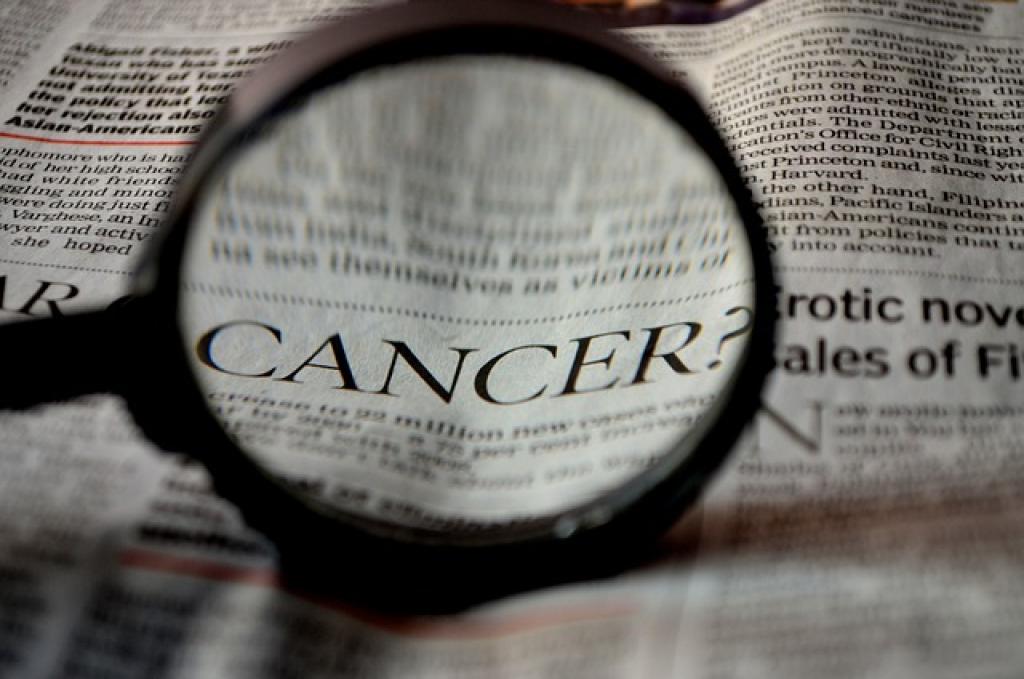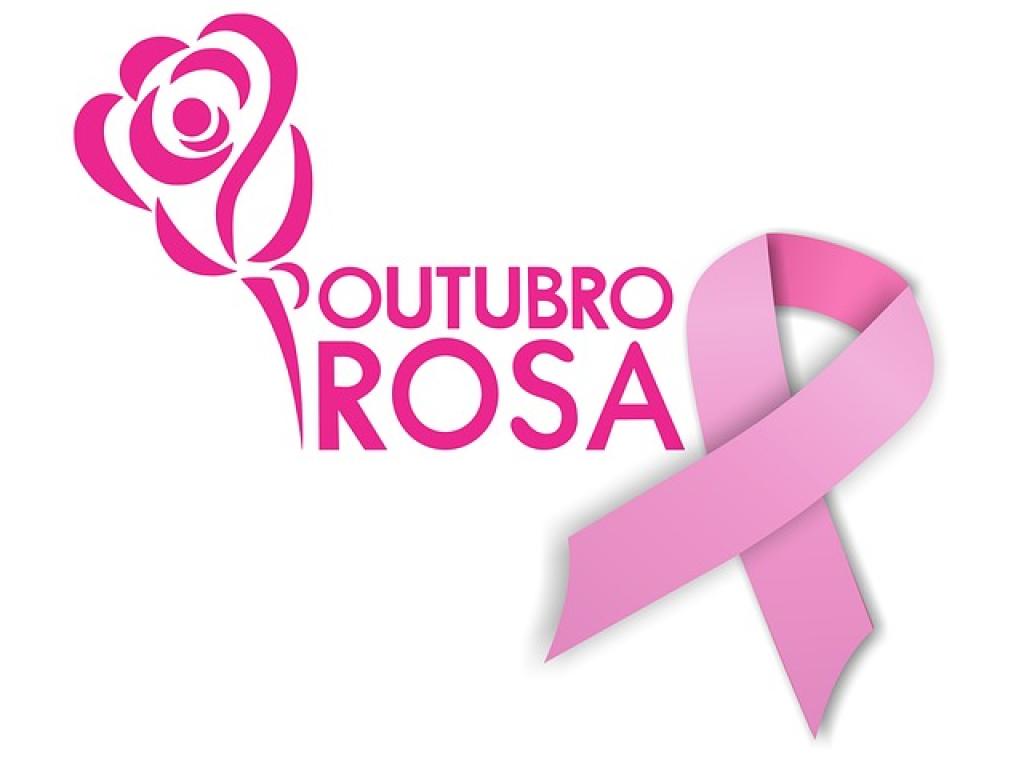Imagine a world where a plant compound holds the potential to change cancer treatment as we know it. Sounds like science fiction, right? Well, it’s not.
Cannabinoids, the active compounds found in cannabis, have been the subject of intense scientific study for years. Researchers are uncovering some surprising results about their role in cancer treatment.
From shrinking tumors to alleviating pain and nausea, these tiny molecules could be the key to a revolution in how we approach cancer therapy. The scientific community is buzzing, and you might be, too, once you learn more.
Understanding the Role of Cannabinoids in Cancer Treatment
So, what exactly are cannabinoids, and how do they interact with cancer cells?
Cannabinoids are naturally occurring compounds in the cannabis plant. The two most well-known are THC (tetrahydrocannabinol) and CBD (cannabidiol). Each has unique effects on the body, thanks to the endocannabinoid system—a network of receptors in our bodies that play a role in regulating pain, mood, appetite, and yes, even cancer cell activity.
Research shows that cannabinoids can directly impact cancer cells. THC has been found to cause cancer cell death in some types of cancer, whereas CBD has shown promise in stopping cancer cells from spreading. Scientists are also looking at how cannabinoids can enhance the effectiveness of traditional cancer treatments like chemotherapy and radiation.
What’s truly fascinating is how these compounds can target cancer cells while leaving healthy cells relatively unharmed. This selective action is a huge advantage over many current treatments, which often damage healthy tissue.
Though we’re still in the early stages of fully understanding how cannabinoids can be best utilized, the potential is enormous. The future of cancer treatment could very well see cannabinoids playing a central role.
Key Findings from Recent Studies on Cannabinoids and Cancer
Alright, let’s dive into some of the latest research to see what scientists are discovering about cannabinoids and their role in cancer treatment.
One significant study found that a combination of THC and CBD can shrink aggressive brain tumors in mice. This discovery offers a beacon of hope for glioblastoma patients, who often have limited treatment options.
Another promising study examined cannabinoids in breast cancer treatment. The researchers observed that CBD could inhibit the proliferation of aggressive breast cancer cells. This means CBD might help slow down or even stop the growth of certain types of breast cancer.
In skin cancer research, THC was found to induce cell death in melanoma cells. This could pave the way for topical cannabinoid treatments in the future, targeting the cancer right at its source.
Lung cancer studies have shown that cannabinoids may reduce tumor growth and spread. One study even suggested that cannabinoids might help improve the efficacy of traditional chemotherapy drugs, making the treatment more effective.
These key findings from recent studies are just the tip of the iceberg. As research continues to unfold, we may discover even more ways cannabinoids can contribute to the fight against cancer. Keep an eye out—this exciting field is rapidly evolving!

Potential Benefits and Limitations of Using Cannabinoids in Cancer Therapy
So, let’s talk about the potential benefits and limitations of using cannabinoids in cancer therapy. While the research is promising, it’s important to look at both sides of the coin.
One of the most appealing benefits is pain relief. Cannabinoids can help manage chronic pain that often comes with cancer and its treatments. This can greatly enhance a patient’s quality of life.
Additionally, cannabinoids are known to combat nausea and vomiting. Cancer patients undergoing chemotherapy often suffer from these side effects, and cannabinoids might offer some much-needed relief.
And another thing to keep in mind is that, cannabinoids could also reduce inflammation and serve as appetite stimulants. For those struggling with weight loss and poor appetite due to cancer treatments, this can be a game-changer.
However, there are some limitations to keep in mind. The legal status of cannabinoids varies widely, which can limit access and research. This inconsistency can be a major hurdle for both patients and scientists.
Another concern is the lack of standardized dosing. Since everyone’s body reacts differently, finding the right dose can be tricky. More research is needed to establish safe and effective guidelines.
Lastly, while cannabinoids show promise, they are not a standalone cure. They may need to be used in combination with traditional treatments, and their long-term effects are still not fully understood.
Exploring the Mechanisms of Action of Cannabinoids on Cancer Cells
Now, let’s dive into how cannabinoids actually work on cancer cells. It’s a fascinating area that’s still being unraveled.
First up, cannabinoids interact with the endocannabinoid system, a network of receptors found throughout the body. These receptors, namely CB1 and CB2, play a key role in various physiological processes.
Cannabinoids can bind to these receptors, leading to multiple effects. One intriguing possibility is the induction of apoptosis, a process where cancer cells effectively self-destruct.
Additionally, cannabinoids might inhibit angiogenesis. This is the formation of new blood vessels that tumors need to grow. By blocking this process, cannabinoids could starve the tumor of its necessary nutrients.
Not to mention, there’s evidence that cannabinoids could slow down the cell cycle of cancer cells, essentially putting a brake on their rapid division and growth.
Another mechanism is their potential to hamper metastasis. This is when cancer spreads to other parts of the body. By hindering the movement and invasion of cancer cells, cannabinoids may help contain the disease.
All these mechanisms are incredibly promising, but we’re still in the early stages. Much of the research so far has been in preclinical settings like cell cultures and animal models.
As scientists continue to uncover the specifics, we hope to better understand how to harness these mechanisms in clinical settings. The journey towards integrating cannabinoids into cancer therapy is filled with potential, and ongoing research will be key to unlocking new treatments.
Current Challenges and Future Directions in Utilizing Cannabinoids for Cancer Treatment
Even though the research looks promising, there are still hurdles to jump when it comes to utilizing cannabinoids for cancer treatment.
One of the major challenges is the lack of large-scale human clinical trials. Many studies so far have been conducted on animals or in petri dishes. To fully understand the efficacy and safety of cannabinoids in cancer patients, we need extensive human trials.
Regulatory and Legal Barriers
Another big challenge is regulatory and legal barriers. Cannabinoids, especially THC, are still classified as controlled substances in many parts of the world. This makes it tricky for researchers to obtain the necessary approvals and funding for their studies.
Dosing and administration methods also pose a challenge. The optimal dosage and method of delivery—whether it’s smoking, ingestion, or topical application—are not well-defined. Each method has its own set of pros and cons, which need more investigation.
Future Directions
Looking ahead, the future of cannabinoids in cancer treatment seems promising. Researchers are exploring synthetic cannabinoids, which can be precisely engineered for specific therapeutic purposes. These could potentially offer the benefits of natural cannabinoids without the psychoactive effects of THC.
Collaborative efforts among scientists, medical institutions, and regulatory bodies are essential to overcome these challenges. As more funding and interest pour into this field, the hope is that we can move from small-scale studies to comprehensive clinical trials.
The road ahead might be long and winding, but the potential benefits make it worth the journey. With continued research and open-minded policy changes, cannabinoids could someday become a key player in the fight against cancer.
The Bottom Line on Cannabinoids in Cancer Treatment Studies
To wrap things up, cannabinoids show a lot of promise in cancer treatment studies. While laboratory and animal studies have provided encouraging results, it’s clear we still have a way to go.
Human clinical trials are necessary to truly understand how effective cannabinoids can be for cancer patients. These trials will help determine the correct dosages, potential side effects, and the best methods of administration.
On top of the scientific challenges, legal and regulatory hurdles need to be addressed. Changes in laws could open doors to more in-depth research and faster progress in this field. However, navigating these legal landscapes is not a small task.
What makes all this worthwhile is the incredible potential cannabinoids have to relieve symptoms, reduce pain, and perhaps even slow tumor growth. The possibilities are exciting for both researchers and patients alike.
Looking forward, collaboration among scientists, medical professionals, and policymakers will be crucial. Continued research and open-minded approaches can transform today’s hopeful theories into tomorrow’s groundbreaking treatments.
In summary, while we’re not there yet, the journey to effectively using cannabinoids in cancer treatment is underway. And with persistence and innovation, there’s a good chance cannabinoids will become a vital tool in the fight against cancer.





